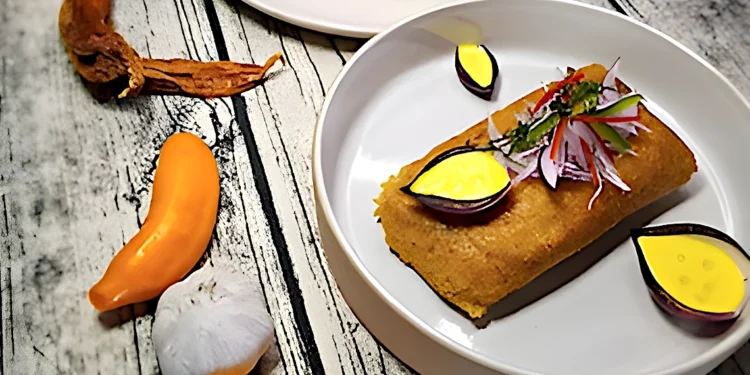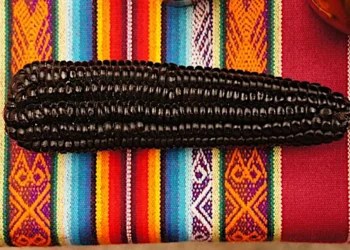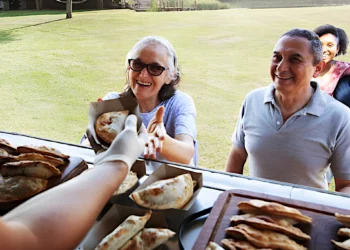This post is also available in:
Español
Nederlands
Few delicacies have the ability to connect past and present like the Peruvian tamale. This dish, enjoyed throughout the country, holds centuries of tradition and culinary evolution. With every bite, one can taste pre-Hispanic and colonial influences, making it an icon of Peruvian culinary culture. But how did it originate? What makes it unique? Join us on this journey through its history and flavors.
Origins of the Tamale: An Ancient Food
The tamale is a dish with pre-Columbian roots that spans all of Latin America. Its history dates back to Mesoamerican civilizations such as the Mayans and Aztecs, who prepared these maize wraps for warriors and travelers. It is estimated that tamales have existed for over 5,000 years, making them one of the oldest foods on the continent.
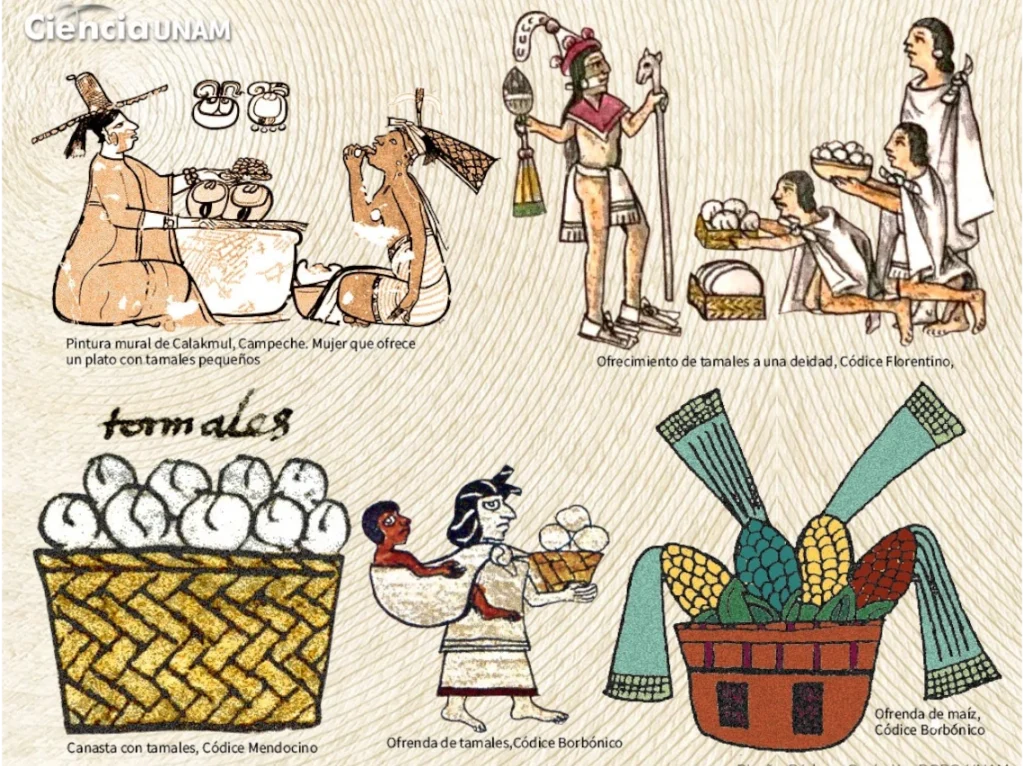
The word “tamale” comes from the Nahuatl term tamalli, meaning “wrapped.” Originally, it consisted of a maize dough filled with various ingredients, steamed inside plant leaves. Beyond its nutritional value, tamales held profound ritual significance and were part of religious offerings and festivities.
“The tamale is a love letter wrapped in leaves, a message of tradition and flavor that spans generations.”
The Arrival of the Tamale in Peru
With the expansion of trade routes and the arrival of the Spanish conquistadors, the tamale crossed borders and evolved in each region. In Peru, corn was already a staple in the diet of pre-Incan and Incan cultures, which facilitated the adaptation of the recipe.
However, with the arrival of Europeans, new ingredients such as pork, olives, and seasonings brought from the Old World were incorporated. From this fusion of flavors and traditions, the Peruvian tamales we know today were born, with their different variations on the coast, mountains, and jungle.
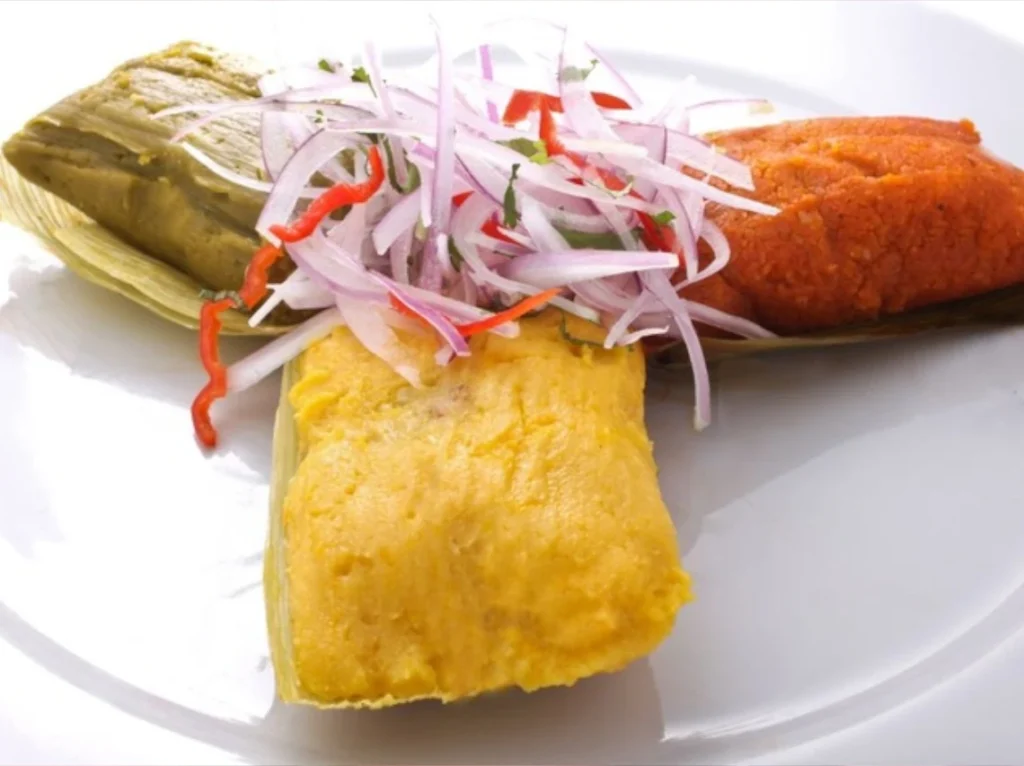
The Tamale Through Time
Over the centuries, the tamal has remained an essential part of Peruvian culture, symbolizing gathering and celebration. Its preparation has been passed down from generation to generation, and although the recipe has evolved, the spirit of sharing and festivity remains intact.
Today, Peruvian tamales are enjoyed on various occasions: for breakfast, accompanied by coffee or pan con chicharrón, at family gatherings, and even on special dates such as Christmas.
Peruvian Tamales: A Delight with Regional Identity
Peru, with its rich geographic and cultural diversity, has given rise to various types of tamales:
- Tamal criollo: Common on the coast, made with yellow corn, filled with chicken or pork, olives, eggs, and seasoned with ají panca.
- Tamal serrano: Made with white corn, with a firmer texture and slightly sweet flavor, filled with meat and wrapped in corn husks.
- Tamal verde: Originating from northern Peru, it stands out for the use of cilantro in the dough, giving it a distinct green color and an unmistakable aroma.
- Tamal chinchano: From Chincha, this corn tamal has a more intense flavor due to the use of ají panca and ají amarillo, often accompanied by well-seasoned meats.
In Peru, tamales are commonly served with salsa criolla, a mix of red onion, tomato, cilantro, ají or rocoto, and lime juice, adding freshness and acidity to enhance the tamal’s flavor. This accompaniment is almost indispensable when enjoying tamales. Additionally, in many regions, they are served with bread and coffee, making them a classic Peruvian breakfast.
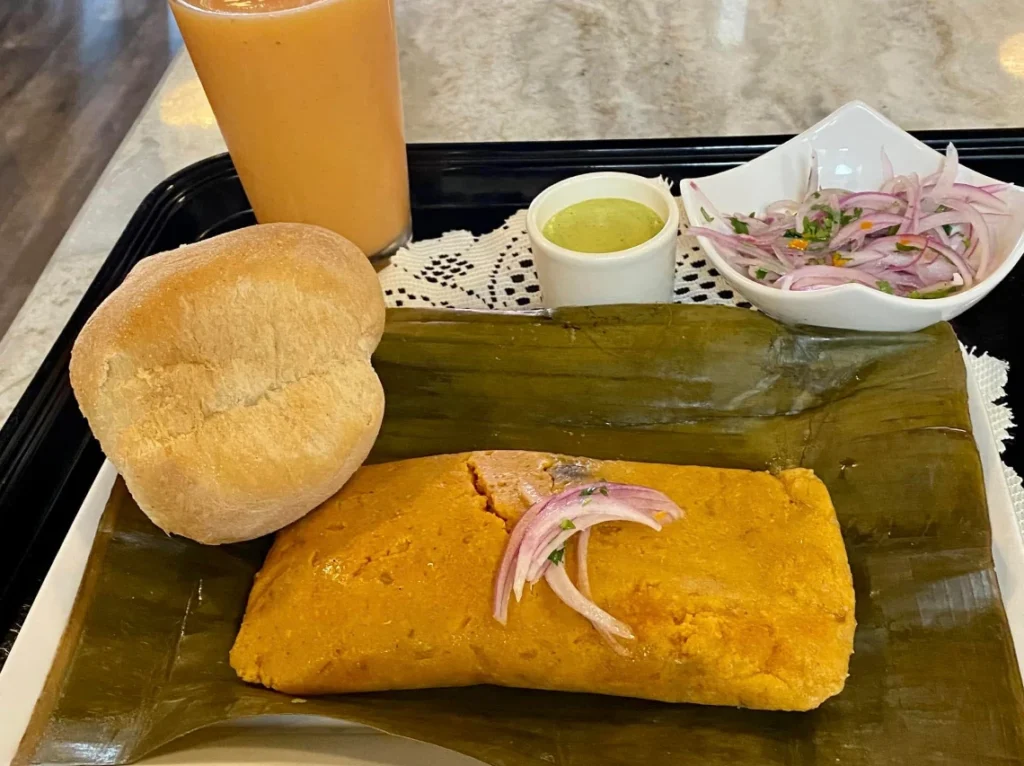
The Tamal on the Peruvian Table
For Peruvians, the tamal is more than just a dish—it is a link to history and tradition. Its flavor and texture remind us of the culinary heritage passed down through generations, and its presence at Sunday breakfasts or patriotic celebrations connects us to our identity.
Whether found at a street stall in Lima, in a grandmother’s home, or at a gastronomic fair, the tamal remains an indispensable delight on the Peruvian table, winning over palates both inside and outside the country.
“Every tamal tells a story, a whisper from the past that remains alive on the Peruvian table.”
Fun Facts About Tamales
- It is estimated that there are over 500 varieties of tamales across Latin America, each with its own identity.
- In some regions of the Peruvian highlands, tamales are prepared in large quantities to share during religious festivities.
- The tradition of eating tamales at Christmas dates back to colonial times when they were considered a special food for celebrations.
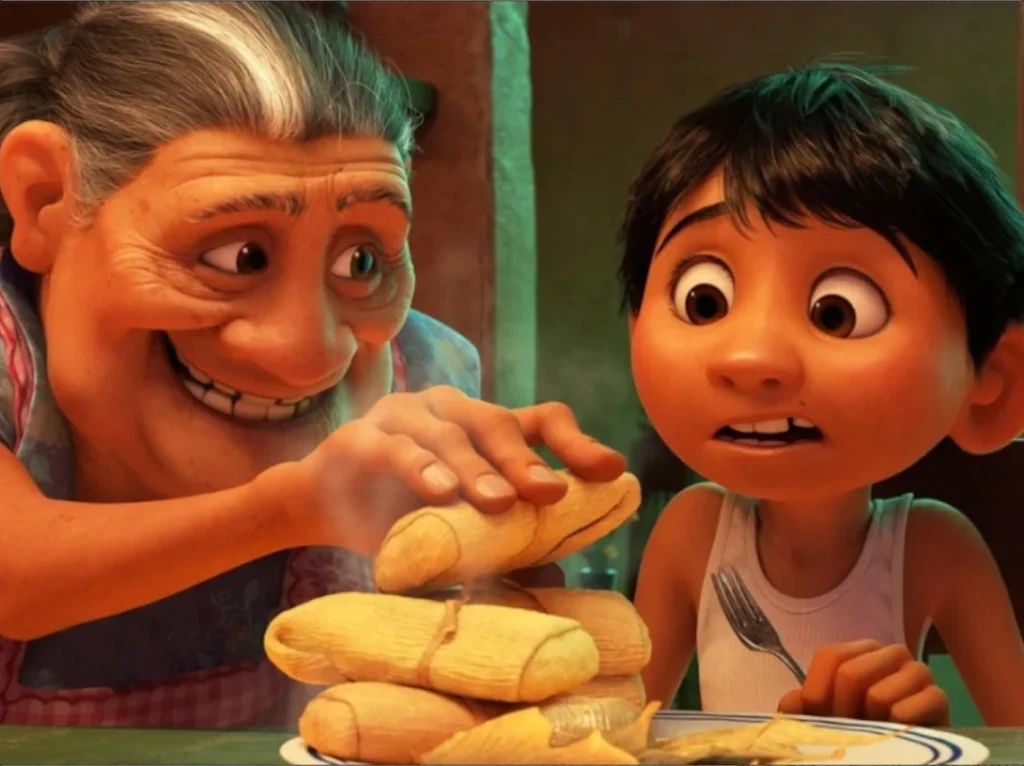
The tamal is much more than just a traditional dish—it is a testament to Peru’s rich cultural heritage and a bridge between the past and present. With every bite, we travel through time and connect with the roots of our gastronomy.
Have you ever tried a Peruvian tamal? Discover more about this and other delicacies on our website. Share this article with your friends and continue exploring the history and flavors of our land. Don’t forget to subscribe for more content!


